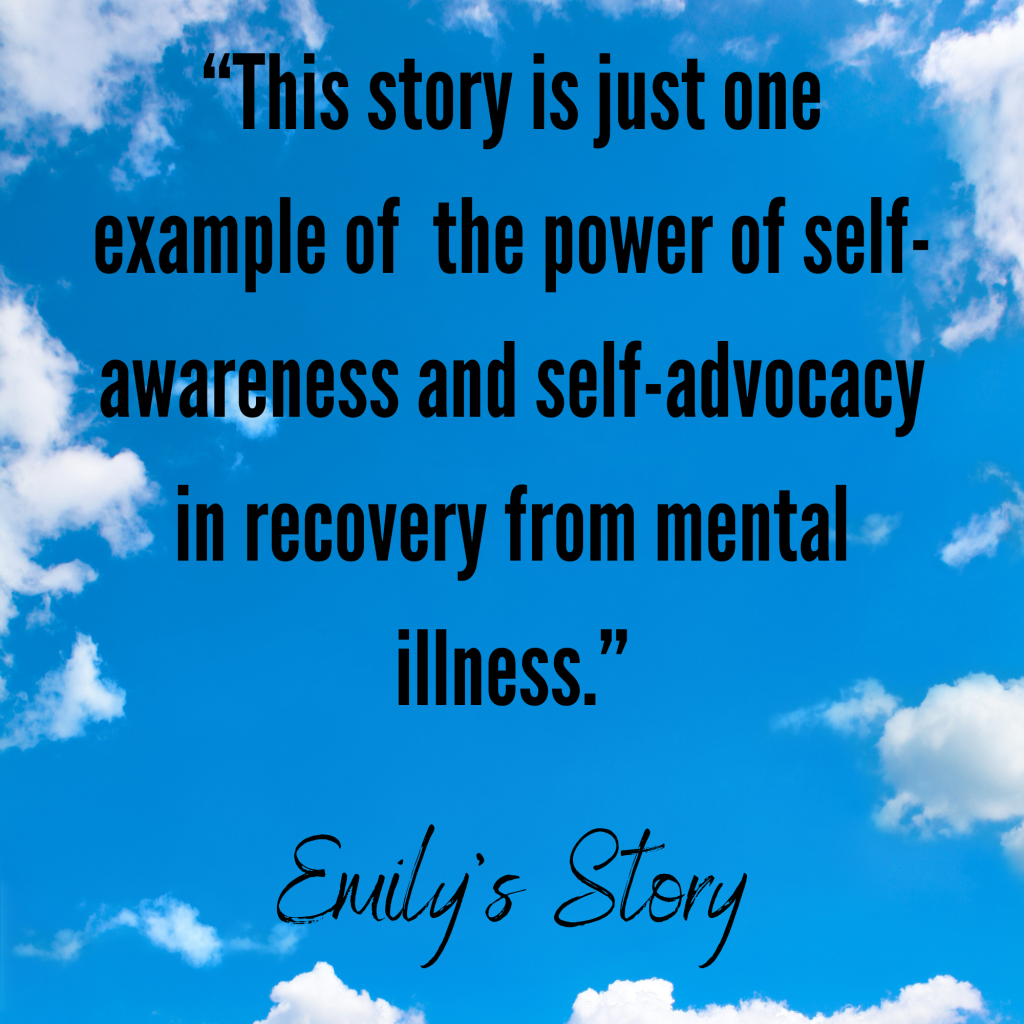
Emily was a victim of domestic violence. Because of her abuse, she developed post traumatic stress disorder. She experienced panic attacks and flashbacks, and found it difficult to leave her apartment to do the things she enjoyed. Emily felt trapped by her fear, and grew hopeless and depressed. At times, she considered ending her life.
Emily had a friend who was blind and had a service dog to guide him, allowing him to be out in the world and enjoy a full and productive life. Emily often wondered if someone living with a mental illness would qualify for a service animal. She thought about the obstacles that were holding her back from doing the things she enjoyed, and ways that a helping animal could assist her with navigating them.
Emily experienced frequent flashbacks. The episodes were both frightening and disorienting and caused her embarrassment. She envisioned a dog that was trained to help her recognize that a flashback was about to happen; and would help prevent it from taking over by keeping her grounded in the present moment, safe during the episode, and reorient her after it had passed. She also thought it would make the people around her less uncomfortable if they knew that her service animal was taking charge of the situation. She was convinced that, with this help, she could leave the safety of her home.
Emily did some research and learned that there were many types of assistance animals, ranging from certified service animals to pets. They differed in the kind of services they could provide for a person with a disability, as well as the ways they are recognized under the Americans with Disabilities Act (ADA) and the Fair Housing Act (FHA). Service dogs are working animals, not pets, and are trained to do a specific task for someone who is disabled, such as guiding a person who is blind, reminding someone to take their medication, or identifying the onset of a health crisis. Only dogs are recognized under the ADA as service animals. They can accompany people with disabilities everywhere the public is allowed to go, as long as they are leashed and house trained. Under the FHA, the individual who has the service dog cannot be discriminated against in obtaining housing, and has the same right to enjoy their home as anyone else, as the service dog is a reasonable accommodation for a person with a disability to do so. The Air Carrier Access Act also recognizes a service animal as a reasonable accommodation for a disability. Under the law, if someone presents with a service animal and it isn’t obvious what the service animal provides, people can only ask two questions: (1) is the dog a service animal required because of a disability, and (2) what work or task has the dog been trained to perform.
Emotional support assistance animals function as a source of comfort, and are helpful for people living with mood disorders, panic attacks, etc., but are not recognized under the ADA because they do not do a specific task for the person with a disability. However, they are considered working animals, not pets, and the FHA and Air Carrier Access Act recognize these animals as a reasonable accommodation for housing and air travel, and are also limited in what they can inquire about.
Emily contacted her doctor, and together, they decided to give it a try. With the help of a service trainer, Emily found a dog that was friendly, calm, and confident; and trained to perform the tasks she needed help with.
Emily’s service dog helps her in ways she hadn’t imagined. When she is with him, she feels “tethered” to the earth. He is tuned into her feelings, and remains calm when she panics. His confidence gives her confidence.
Our mission at Mental Health Minnesota is to enhance mental health, promote individual empowerment, and increase access to treatment and services for persons with mental illnesses. This story is just one example of not only the transformation a person living with a mental illness could experience with the help of a service dog, but also the power of self-awareness and self-advocacy in recovery from mental illness.
